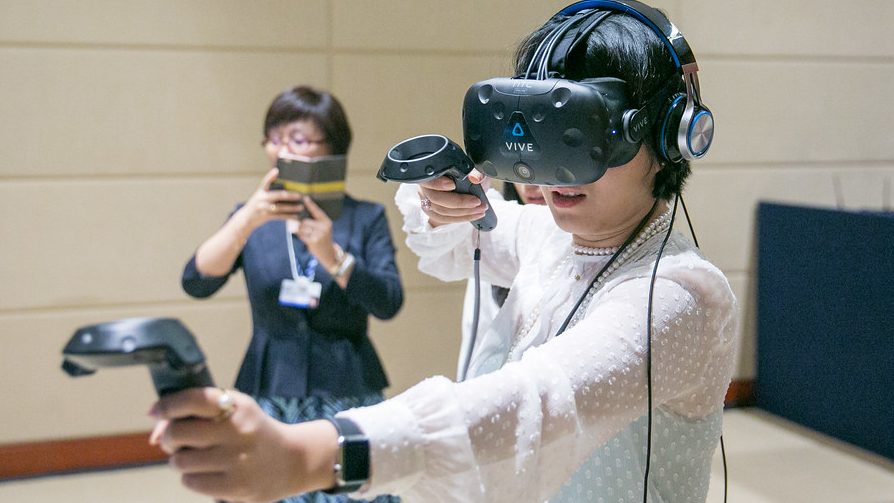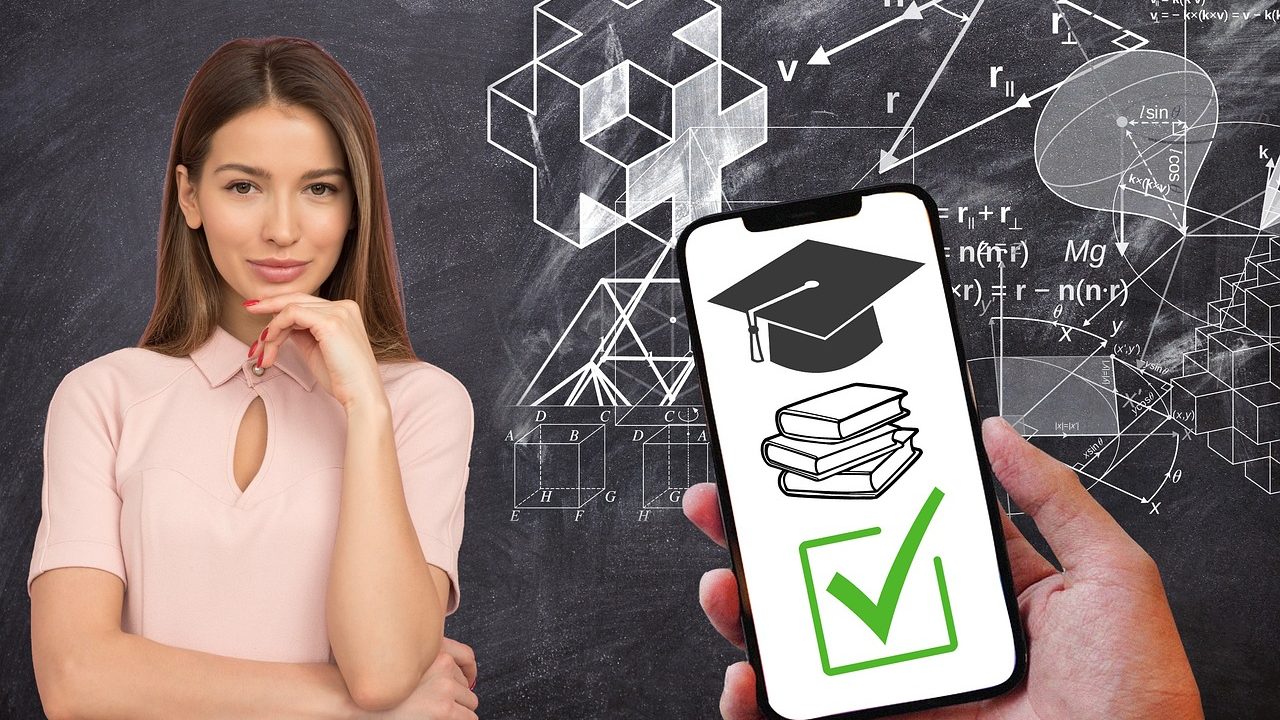Transform Education: Technology is already revolutionizing many aspects of life, and education is no exception. From personalized learning experiences to global access to resources, the role of technology in education is rapidly evolving, promising to transform how students learn, interact, and prepare for the future. Here are the top 10 ways technology will transform education in the coming years.
1. Personalized Learning with AI
What It Is:
Artificial intelligence (AI) can create personalized learning experiences by analyzing student data and adapting lessons to fit individual needs, strengths, and weaknesses.

Why It’s Transformative
AI-driven tools can tailor educational content to match each student’s learning pace, preferences, and skill level. This allows for more effective learning, as students receive material suited to their abilities, helping to close achievement gaps.
Impact
- Custom-tailored lesson plans
- Immediate feedback and progress tracking
- Personalized tutoring and support
2. Virtual Reality (VR) and Augmented Reality (AR) for Immersive Learning
What It Is:
VR and AR technologies offer immersive, interactive learning environments that simulate real-world experiences, enhancing subjects like history, science, and engineering.

Why It’s Transformative
These technologies enable students to experience learning in ways that are impossible with traditional methods. For example, students can explore ancient civilizations in history or interact with 3D models of molecules in science.
Impact
- Engaging virtual field trips and simulations
- Hands-on learning in a virtual environment
- Increased engagement and retention
3. Gamification of Education
What It Is:
Gamification applies game design elements like points, badges, and leaderboards to learning environments, making education more engaging and interactive.
Why It’s Transformative
Incorporating gamification into education can motivate students by turning learning into a fun, competitive activity. It boosts engagement, encourages problem-solving, and promotes healthy competition among students.
Impact
- Increased motivation and participation
- Improved problem-solving skills
- Greater engagement through interactive learning
4. Cloud-Based Learning and Collaboration
What It Is:
Cloud technology allows students and educators to access, share, and collaborate on educational materials from anywhere with an internet connection.
Why It’s Transformative
Cloud-based tools facilitate collaboration, enabling students to work together on projects regardless of their physical location. This also provides access to a vast library of resources and materials for both teachers and students.
Impact
- Anytime, anywhere access to learning materials
- Easy collaboration among students and educators
- Centralized storage of educational resources
5. Global Classrooms and Distance Learning
What It Is:
With online learning platforms, students can attend virtual classrooms from anywhere in the world, removing the barriers of physical distance.
Why It’s Transformative
Distance learning provides access to education for students in remote areas or those with disabilities. It also enables students to learn from international educators and experts, creating a global learning environment.
Impact
- Greater access to education worldwide
- Flexibility in learning schedules
- Cross-cultural collaboration and exposure
6. Blockchain for Secure Credentialing
What It Is:
Blockchain technology can securely store academic credentials, ensuring that certifications, diplomas, and academic achievements are tamper-proof and easily verified.
Why It’s Transformative
Blockchain eliminates the risk of credential fraud and simplifies the process of verifying qualifications. It allows students and professionals to securely share their academic records with potential employers or institutions.
Impact
- Secure, verifiable academic records
- Simplified certification and diploma verification
- Increased trust in academic credentials
7. Artificial Intelligence-Powered Teachers and Tutors
What It Is:
AI-powered virtual assistants and tutors can provide students with instant help and guidance on various subjects, helping them understand concepts more effectively.

Why It’s Transformative
AI tutors are available 24/7, offering personalized support to students in need of extra help. They can answer questions, provide explanations, and offer practice problems, all tailored to the individual learner’s needs.
Impact
- On-demand tutoring and assistance
- Personalized learning experiences
- Reduced teacher workload for repetitive tasks
8. Data Analytics for Student Performance Tracking
What It Is:
Data analytics tools can track student progress and performance over time, providing teachers with valuable insights into where students excel and where they need additional support.
Why It’s Transformative
By analyzing data, educators can intervene earlier in students’ learning processes, identify areas of difficulty, and adjust teaching methods accordingly. This leads to more targeted and effective interventions, improving overall academic outcomes.
Impact
- Real-time insights into student progress
- Early identification of learning gaps
- Data-driven teaching strategies
9. Wearable Technology for Health and Focus Monitoring
What It Is:
Wearable technology, such as smartwatches and fitness trackers, can monitor students’ physical health and focus levels, helping to create more effective learning environments.
Why It’s Transformative
Wearable devices can track physical activity, sleep patterns, and even stress levels, providing educators with information on when students are most engaged and when they may need breaks or adjustments in teaching methods.
Impact
- Improved student well-being and focus
- Real-time data on student engagement
- Personalized learning schedules based on energy levels
10. Lifelong Learning Platforms
What It Is:
Lifelong learning platforms offer continuous education opportunities for people of all ages, allowing them to develop new skills and adapt to an ever-changing job market.
Why It’s Transformative
Technology makes learning a lifelong process, allowing professionals to upskill and reskill throughout their careers. These platforms, such as Coursera, Udemy, and LinkedIn Learning, provide on-demand access to educational content on a wide range of topics.
Impact
- Access to continuous education and skill development
- Flexibility in learning for working professionals
- Support for career transitions and lifelong learning goals
Technology Will Transform Education
Technology is poised to transform education in remarkable ways, making learning more accessible, personalized, and engaging. From AI-driven personalization to virtual reality experiences and global classrooms, the future of education promises to be more inclusive and innovative than ever before. As these technologies continue to evolve, they will reshape the way students learn, collaborate, and prepare for the future.








